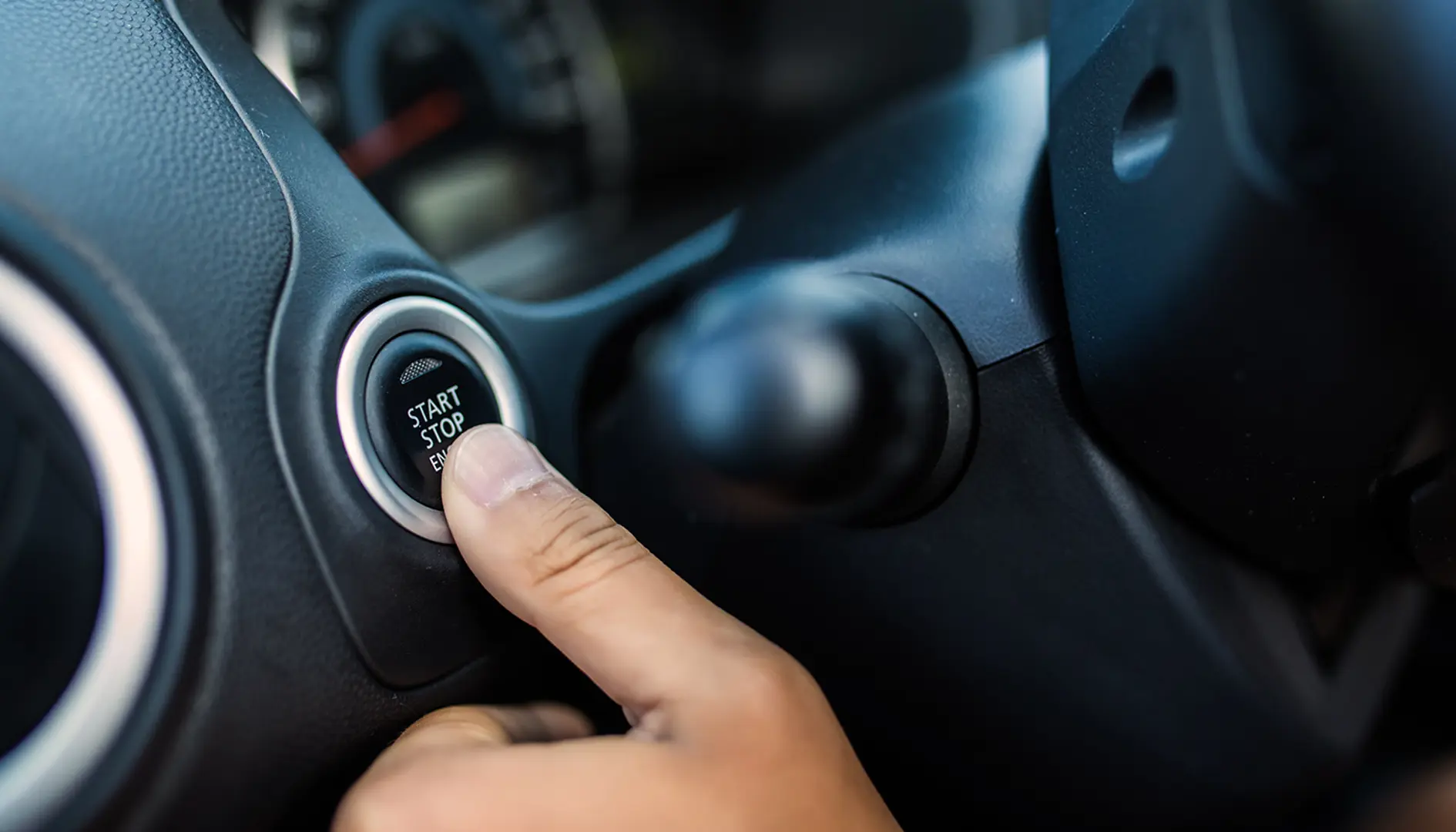
When it comes to managing your business’ fuel costs, it’s not just about being savvy on where you fill up. How you use that fuel is equally as important. The way your drivers handle their vehicles day-to-day can have a big impact on how far each tank takes them – and how much it costs your business in the long run. Small driving habit changes can lead to big savings across your fleet.
Take a look at the seven driving behaviours that might be silently draining your fuel, and what you can do about them.
1. Put the brakes on harsh acceleration
Sharp acceleration and sudden braking wastes more fuel than you may think. Pressing the throttle too hard or stopping abruptly forces the engine to work harder and less efficiently, so you burn more fuel.
Encourage your drivers to accelerate smoothly and anticipate traffic flow. It’s not just better for fuel consumption, it also reduces wear and tear on the vehicle, making every journey a little easier on your bottom line.
2. Stop burning fuel while standing still
Idling is one of the most common fuel-wasting habits. Whether drivers are parked at the kerb, waiting on a delivery, or stuck in traffic, keeping the engine running when the vehicle isn’t moving means fuel is being burned for nothing.
If your drivers expect to be stopped for more than a minute, switching off the engine is the smarter, more efficient choice. It’s a simple habit tweak that quickly adds up to savings.
3. Lighten heavy loads
The heavier the vehicle, the more fuel it needs to move. So if your drivers are carrying unnecessary items, whether it’s tools, materials or equipment, this all puts extra pressure on the engine and increases fuel burn.
Get your drivers into the habit of doing a quick check of their load at the start of each day. If it’s not needed for the journey, it doesn’t need to be on board.
4. Don’t let tyres drag you down
Tyre pressure matters. Underinflated tyres increases rolling resistance. This means that the engine has to work harder to keep the vehicle moving.
Making tyre checks part of a regular maintenance routine helps keep your fleet running efficiently, while also improving safety and extending tyre life. A quick top-up at the pump really can go a long way.
5. Open a window, save on air con
When your drivers are cruising at low speeds, air conditioning can drain fuel faster than you may expect. Using it in stop-start traffic or on short trips could be costing you more than rolling down the windows.
Remind your drivers to only use air con when needed, especially at slower speeds. Once they hit higher speeds on open roads, switching it on becomes a more efficient choice.
6. Plan the best way from A to B
Not all routes are created equal. Sitting in traffic, taking a wrong turn, or backtracking to find a filling station adds time and fuel costs.
Smart route planning using apps like Google Maps or Waze can help your team avoid congestion and pick the most efficient journey. Building in planned fuel stops also helps cut down unnecessary detours and last-minute top-ups.
7. Keep the speed in check
Driving faster might feel like you’re saving time, but it comes at a price – and that is, your fuel efficiency. Most vehicles hit peak fuel economy between 50–60mph. After that, the faster your drivers go, the more fuel they burn.
For example, cruising at 70mph can use up to 9% more fuel than driving at 60mph. Making sure drivers stick to speed limits helps save money, reduces emissions and keeps everyone safer on the road.
Everyday changes, long-term rewards
None of these habits are hard to fix. But together, they can make a real difference to your fuel usage and costs. Getting your drivers to be more conscious of their driving habits and making small shifts with things like idling, braking, or route planning, can lead to saving hundreds of pounds over the course of a year. Plus, it help cut waste and improve fleet performance.
Track your drivers’ performance with fuelGenie
If you want to keep a closer eye on how fuel is being used across your fleet, the fuelGenie app makes it easy to track driver performance and monitor spend. You’ll be able to spot patterns, identify areas for improvement, and help your team drive more efficiently.


